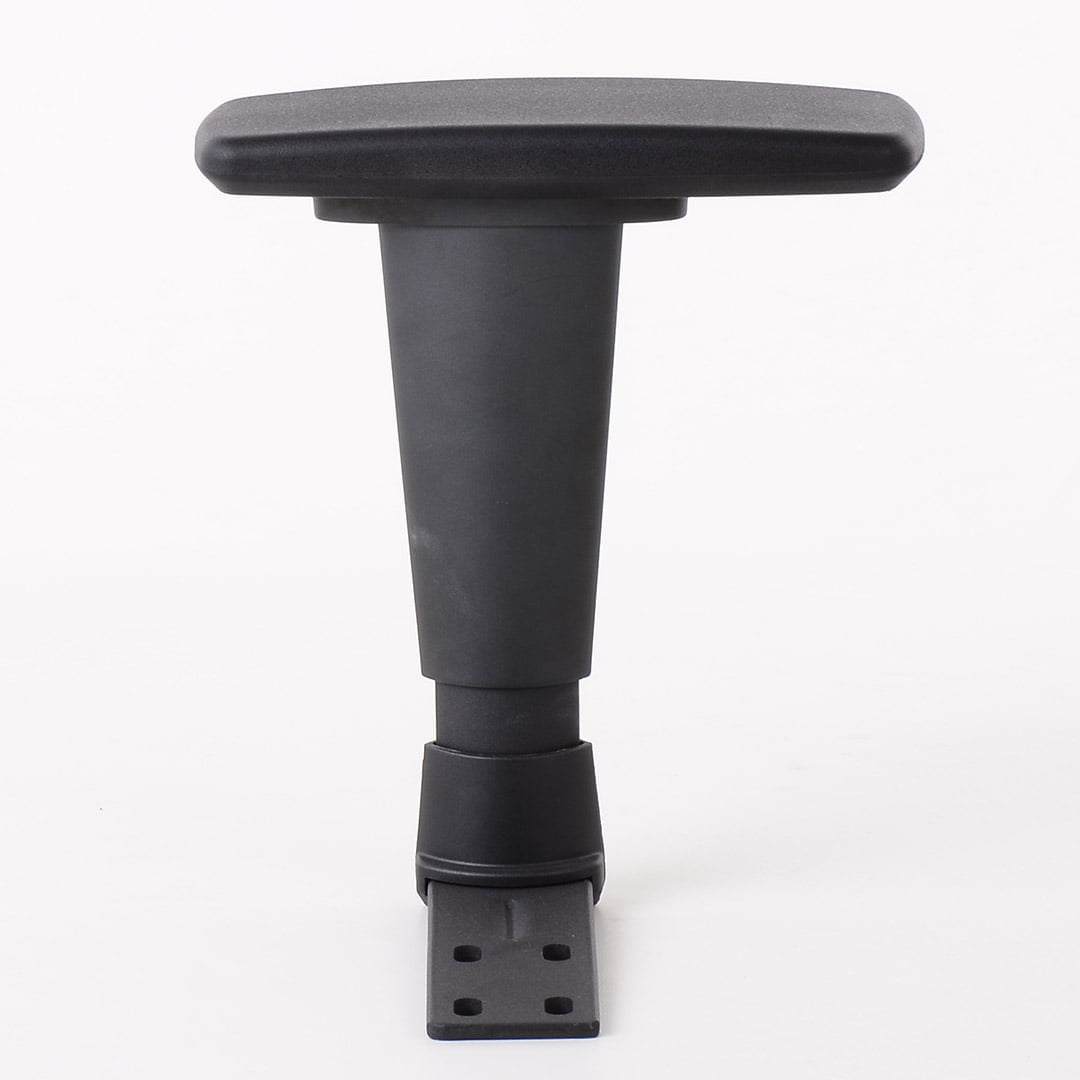
People working in a particular environment and sitting in a non ergonomic chair often experience some form of discomfort and pain in the neck, shoulder and/or arm areas.
There are several factors can contribute to this discomfort including having a poor armrest. Proper armrests can play a crucial role in alleviating this by relaxing the upper trapezius and deltoid muscles.
A well-designed seat, ergonomic, should adapt to different postures to ensure comfort and productivity. The armrests should cater to a diverse range of users and their specific task needs. In addition to posture-related benefits, armrests can greatly assist certain people in sitting down and getting up from their chairs (but this feature is often overlooked and only truly appreciated when armrests are absent). Using armrests for support when standing up reduces hip force by around 50%, making them indispensable for older people or those with hip problems. Armrests can also significantly delay the onset of fatigue. Without support, extending your hand eight centimeters forward leads to fatigue in less than 10 minutes. With armrests, this time period is substantially extended. Blood circulation is also shown to improve with the right type of armrest.
There are numerous benefits to having a chair with armrests, but to reap these benefits, chairs must have armrests that are comfortable, flexible and ergonomically adjustable for users, because fixed armrests offer fewer benefits.
